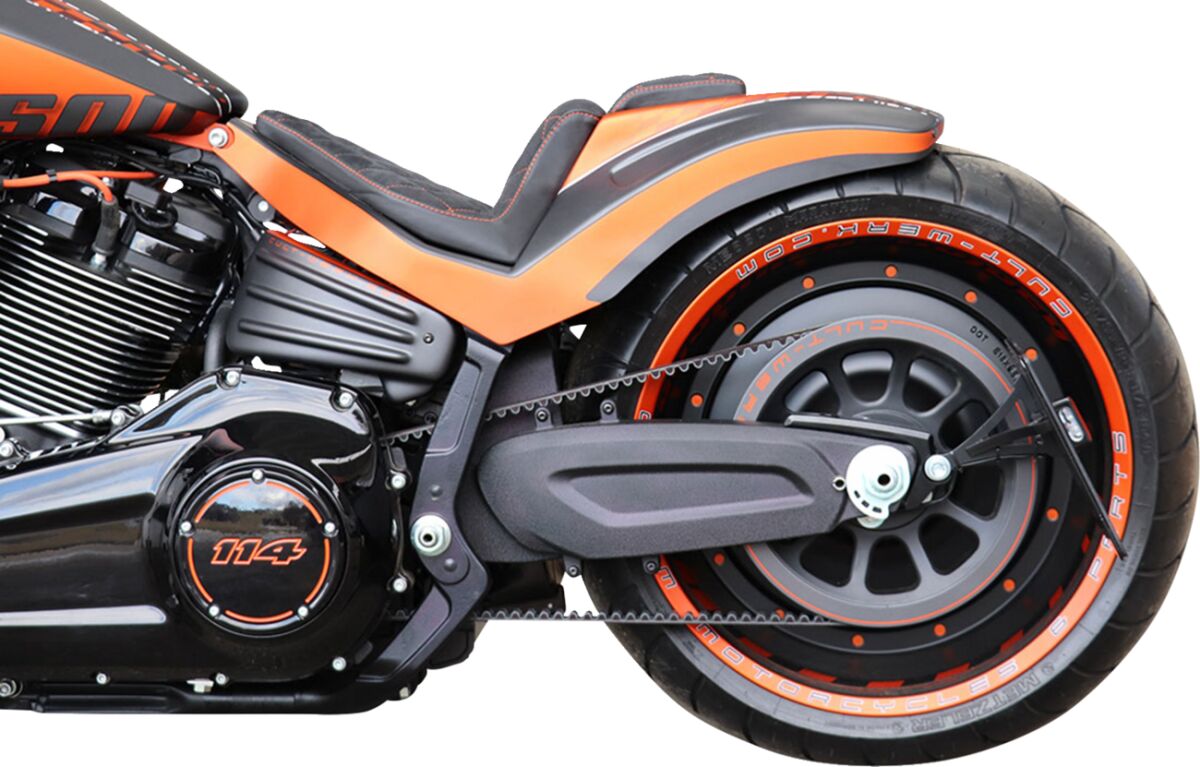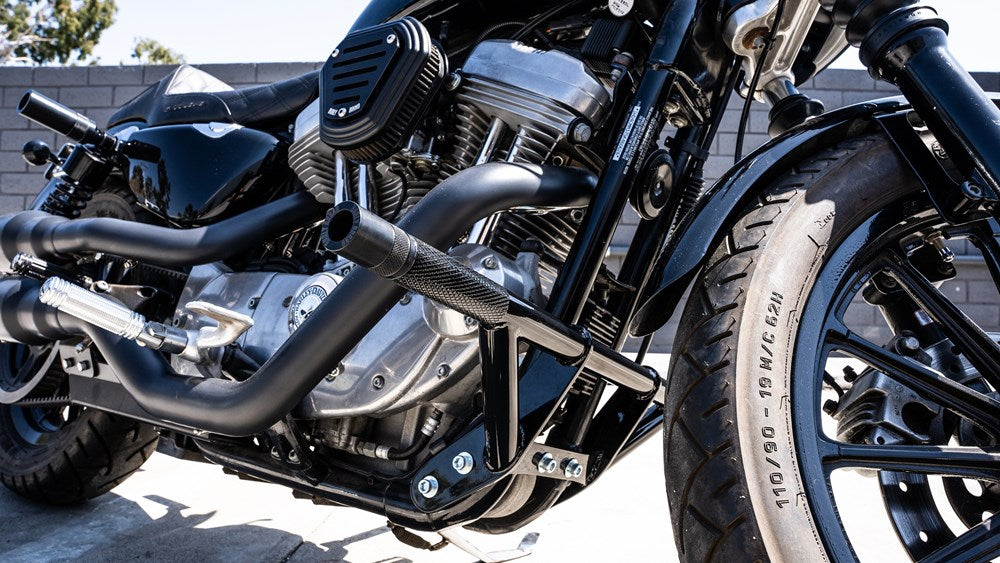Are you contemplating boosting your engine's performance? You're not alone. Many motorcycle enthusiasts seek that exhilarating rush of speed and power. But the question remains: is it really safe to do so without risking your engine?
When you think about modifying your bike, it's essential to weigh the potential benefits against the risks. Enhancing your motorcycle's performance can lead to impressive acceleration and higher top speeds. However, it can also cause mechanical stress and increased wear on crucial components.
In this article, we'll explore the world of engine performance boosting. We'll discuss safe methods, common misconceptions, and the fine balance between thrill and reliability. Let's dive in and uncover how to enjoy a powerful ride without compromising safety.
Understanding Engine Performance Boosting
What is Engine Tuning?
Engine tuning is the process of modifying the engine's performance to achieve better power and efficiency. This can involve adjusting various components such as the fuel system, ignition timing, and air intake. The goal is to optimize the engine's performance according to specific needs.
Common methods of engine tuning include:
- ECU remapping: Altering the engine's computer settings for better performance.
- Upgrading components: Installing high-performance parts like exhaust systems or turbochargers.
- Dyno tuning: Using a dynamometer to measure and adjust engine output.
Benefits of Increasing Horsepower
Increasing horsepower can greatly enhance your motorcycle's performance. Here are some key benefits:
- Improved acceleration: More horsepower means quicker take-offs.
- Higher top speeds: A more powerful engine can reach faster speeds.
- Better towing capacity: Useful for carrying heavier loads.
However, it's essential to consider the trade-offs. Increased horsepower can lead to higher fuel consumption and potential wear on engine components. Always weigh the benefits against the risks when boosting performance.
Potential Risks Involved in Performance Boosting
Boosting engine performance can be exciting. However, it comes with its own set of risks. Understanding these risks is crucial for any motorcycle owner.
Mechanical Stress and Wear
Increasing your engine's power can put extra strain on its components. This can lead to:
- Increased wear on parts like pistons and crankshafts.
- Higher chances of engine failure.
- Potential for overheating due to higher performance demands.
Impact on Warranty
Many manufacturers offer warranties on their motorcycles. However, boosting performance can void these warranties. If you modify your engine:
- You may not receive coverage for future repairs.
- Manufacturer support might be limited.
Legal and Insurance Issues
Performance modifications can also lead to legal troubles:
- Local laws may restrict modifications.
- Insurance premiums could increase or coverage might be denied.
Before you decide to boost your engine's performance, consider these risks carefully. It’s essential to weigh the benefits against the potential downsides.
How to Safely Increase Horsepower Without Damage
Recommended Modifications for Harley Davidson Bikes
Increasing the horsepower of your Harley Davidson Dyna can be exciting. However, it’s crucial to do it safely to avoid damaging your engine. Here are some recommended modifications:
- Performance Air Filter: This allows your engine to breathe better, improving airflow and power.
- Upgraded Exhaust System: A better exhaust system reduces back pressure, enabling the engine to expel gases more efficiently.
- ECU Remapping: Adjusting the engine control unit can optimize fuel delivery for better performance.
- High-Performance Camshafts: These can enhance engine timing and increase horsepower.
- Fuel System Upgrades: Consider larger injectors or a high-flow fuel pump to ensure adequate fuel supply.
Each of these modifications can help boost your bike's performance. However, always consult with a professional mechanic. They can guide you on safe practices and ensure your bike remains reliable.
Remember, while boosting horsepower is tempting, it’s important to maintain a balance. Too much power can lead to increased wear and tear on your engine.
Common Misconceptions About Engine Tuning
When it comes to engine tuning, many riders have misconceptions that can lead to poor decisions. Understanding these misconceptions helps ensure that you approach tuning safely and effectively.
1. Tuning Always Means a Major Overhaul
Many believe that tuning requires extensive modifications. This isn't always the case. Simple adjustments can yield significant performance boosts. For example:
- Upgrading the air filter can enhance airflow without major changes.
- Re-mapping the ECU can improve fuel efficiency and power.
2. Higher Performance Equals Higher Risk
Some assume that boosting performance automatically increases the risk of engine damage. While pushing limits can be risky, proper tuning can actually protect your engine. Here's how:
- Quality parts can handle increased stress.
- Regular maintenance ensures longevity.
3. All Tuning is Created Equal
Not all tuning methods are the same. Some techniques can harm your engine rather than help it. It's vital to:
- Research reputable tuners.
- Choose parts designed for your specific model.
By clearing up these misconceptions, you can make informed decisions about engine tuning that enhance your riding experience without unnecessary risks.
The Role of ECU in Performance Enhancements
The Engine Control Unit (ECU) plays a critical role in boosting your motorcycle's performance. It controls various engine parameters, including fuel injection, ignition timing, and air intake. By optimizing these factors, you can achieve better power output and efficiency.
Can I Remap My ECU Myself?
Remapping your ECU can provide significant performance gains. However, it requires a good understanding of your motorcycle's systems. Here are some key points to consider:
- Technical Skills: You need to be comfortable with software and hardware tools.
- Compatibility: Ensure the remapping software works with your specific motorcycle model.
- Risks: Incorrect remapping can lead to engine damage or poor performance.
If you're not confident, it's best to consult a professional. They can safely enhance your motorcycle's performance without the associated risks.
Conclusion: Weighing the Benefits Against the Risks
When it comes to boosting engine performance, it's vital to consider both the benefits and the risks. Enhancing your motorcycle's power can lead to an exhilarating ride, but it can also bring potential challenges.
Understanding the Benefits
Boosting your engine can provide several advantages:
- Improved Acceleration: Increased power means quicker take-offs.
- Enhanced Top Speed: A more powerful engine can reach higher speeds.
- Better Throttle Response: Your bike will react faster to your inputs.
Evaluating the Risks
However, there are risks to consider:
- Engine Wear: More power can lead to faster wear and tear.
- Overheating: Increased performance may cause your engine to overheat.
- Insurance Issues: Modifications can affect your insurance coverage.
It's essential to balance these factors. If you choose to boost your bike's performance, do it wisely. Always consult with a professional and consider quality parts that ensure safety and durability.
In conclusion, while boosting engine performance can enhance your riding experience, understanding the associated risks is crucial. Make informed choices, and enjoy the ride!




